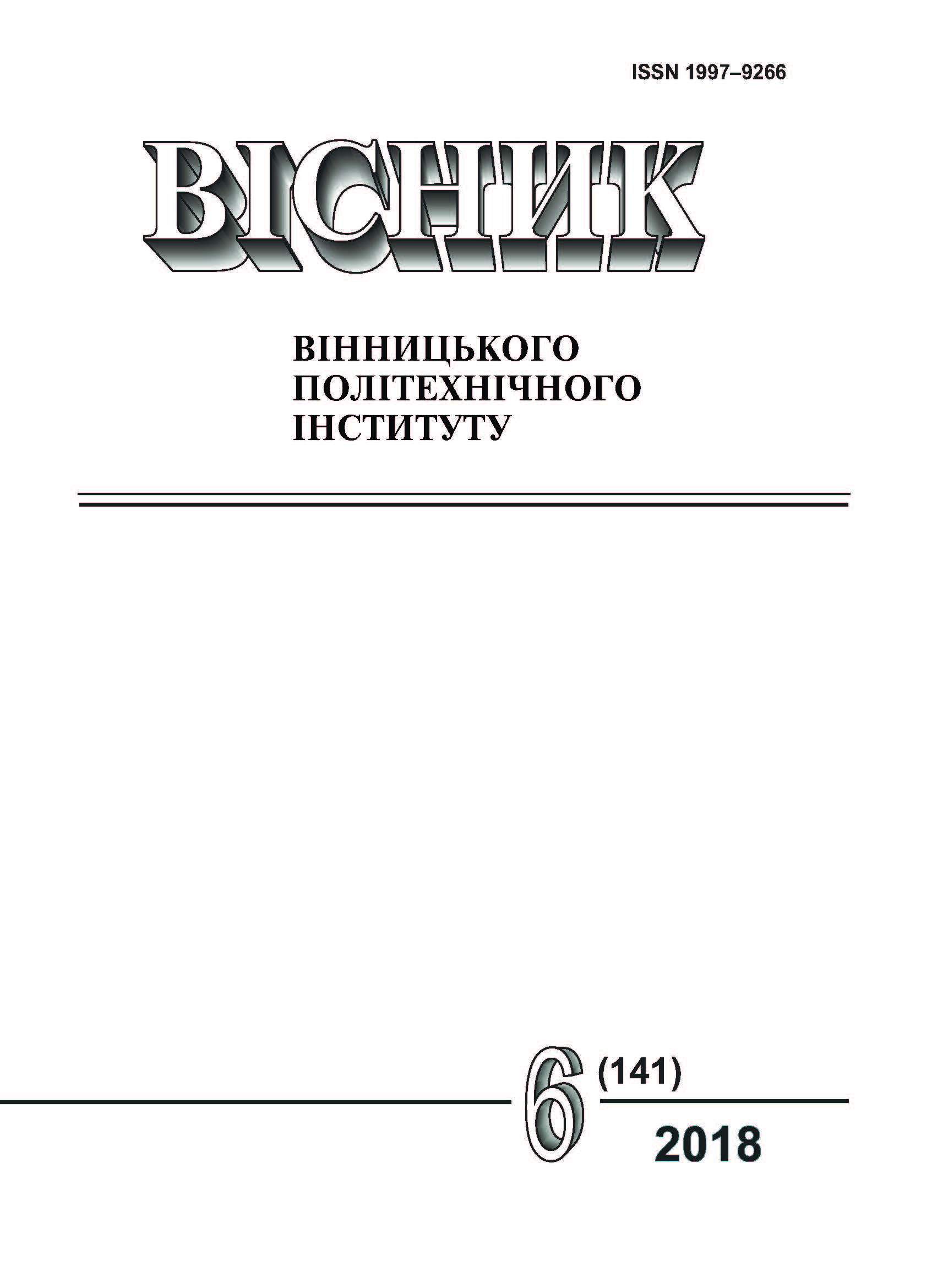ДОСЛІДЖЕННЯ СТРУКТУРИ РІДКОСКЛЯНОГО ТЕПЛОІЗОЛЯЦІОНОГО МАТЕРІАЛУ З ВИКОРИСТАННЯМ ГРАНУЛЬОВАНОГО НАПОВНЮВАЧА
DOI:
https://doi.org/10.31649/1997-9266-2018-141-6-24-28Ключові слова:
рідке скло, газоутворювальний агент, гранульований наповнювач, спінювання, затвердіння, поперечний діаметр пор, коефіцієнт форми пор, ступінь неоднорідності структуриАнотація
Теплоізоляційні матеріали відносяться до числа ефективних будівельних матеріалів, які дозволяють істотно знизити матеріаломісткість і вартість конструкцій. Мета теплоізоляції — обмежити кількість переданого тепла. Будь-яке огородження робить деякий опір переходу тепла. Однак для досягнення значного теплового опору необхідно або робити огородження великої товщини, що економічно недоцільно, або застосовувати теплоізоляційні матеріали, які дозволяють значно зменшити товщину огородження.
Останнім часом все більшого поширення в світі отримує тенденція заміни органічних будівельних пінопластів на неорганічні на основі рідкого скла. Теплоізоляційні матеріали на основі рідкого скла мають низьку щільність та теплопровідність, високу пористість, ефективний діапазон температур їх експлуатації складає від –20 °C до +600 °C, вони негорючі, стійкі до дії кислот та їх парів, не виділяють токсичних речовин, не пошкоджуються грибками та мікроорганізмами, мають необмежений термін служби, що дає переваги цим матеріалам перед горючими та токсичними органічними полімерами, які, до того ж, мають досить обмежений строк експлуатації.
Властивості піни визначаються її структурними параметрами, які в свою чергу залежать від рецептури композиції і технології процесу спінювання.
Досліджено структуру блокових теплоізоляційних матеріалів, виготовлених на основі рідкоскляного зв'язуючого і гранульованого наповнювача, виготовленого також на основі рідкого скла, отриманих шляхом холодного спінювання за допомогою різних газоутворювальних агентів. Вивчено вплив газоутворювальних агентів за різного відношення гранульованого наповнювача до зв'язуючого на поперечний діаметр пор, коефіцієнт їх форми і ступінь неоднорідності структури блоків.
Досліджуючи структуру теплоізоляційних матеріалів, встановлено, що найкращим газоутворюючим агентом є алюмінієва пудра. Зразки, отримані з її використанням, відрізняються підвищеною пористістю, що позитивним чином позначається на теплоізоляційних характеристиках матеріалу, досить високими показниками міцності, що дозволяє транспортувати отриманий матеріал без значних пошкоджень. Введення в композицію гранульованого наповнювача сприяє формуванню рівномірнішої і міцної структури теплоізоляційного матеріалу. Пори такого матеріалу переважно замкнуті та рівномірно розподілені по всьому об’єму.
Посилання
Н. И. Малявский, и В. В. Зверева, «Кальций-силикатные отвердители жидкого стекла для получения водостойких щелочносиликатных утеплителей,» Интернет-вестник ВолгГАСУ, вып. 2 (38), с. 5, 2015. [Электронный ресурс]. Режим доступа: http://vestnik.vgasu.ru/attachments/5MalyavskiiZvereva-2015_2_38_.pdf .
Е. Ю. Крючкова, и Т. Э. Рымар, «Исследование свойств гранулированного теплоизоляционного материала на основе жидкого стекла и различных наполнителей,» Вісник Національного Технічного Університету «ХПІ», № 30, с. 59-65, 2015.
«Пенопласты жесткие полиуретановые и полиизоциануратные,» Технические условия: СТБ 1338, 2002.
##submission.downloads##
-
PDF
Завантажень: 254
Опубліковано
Як цитувати
Номер
Розділ
Ліцензія
Автори, які публікуються у цьому журналі, згодні з такими умовами:
- Автори зберігають авторське право і надають журналу право першої публікації.
- Автори можуть укладати окремі, додаткові договірні угоди з неексклюзивного поширення опублікованої журналом версії статті (наприклад, розмістити її в інститутському репозиторії або опублікувати її в книзі), з визнанням її первісної публікації в цьому журналі.
- Авторам дозволяється і рекомендується розміщувати їхню роботу в Інтернеті (наприклад, в інституційних сховищах або на їхньому сайті) до і під час процесу подачі, оскільки це сприяє продуктивним обмінам, а також швидшому і ширшому цитуванню опублікованих робіт (див. вплив відкритого доступу).





